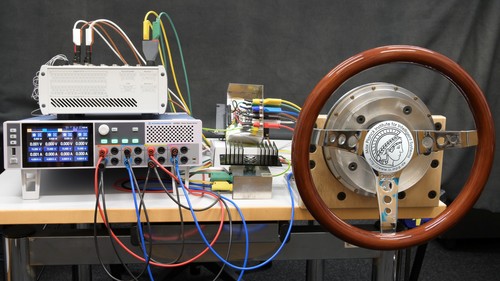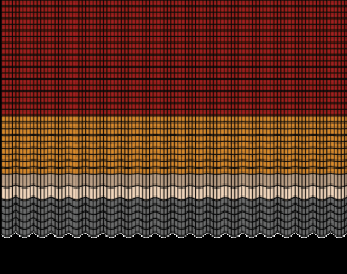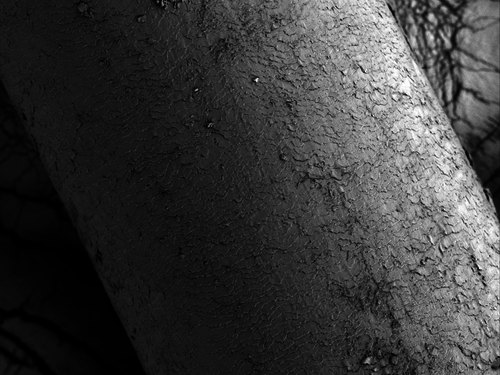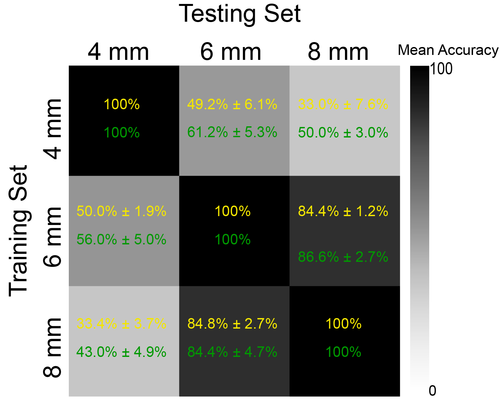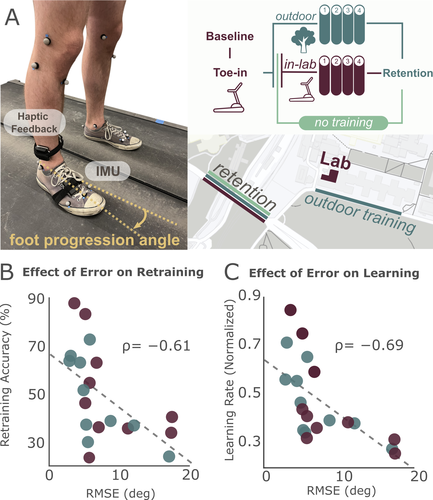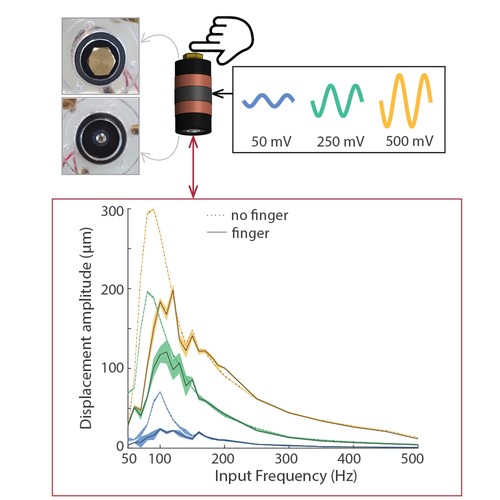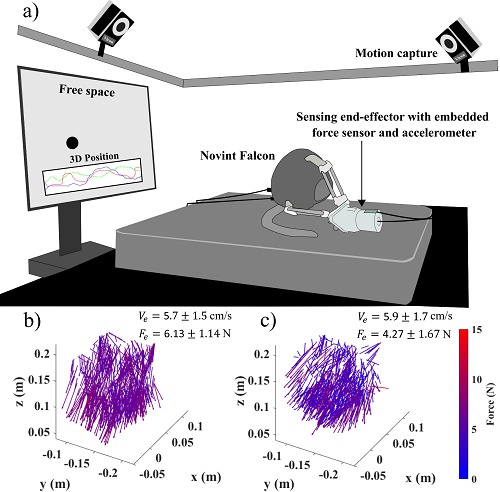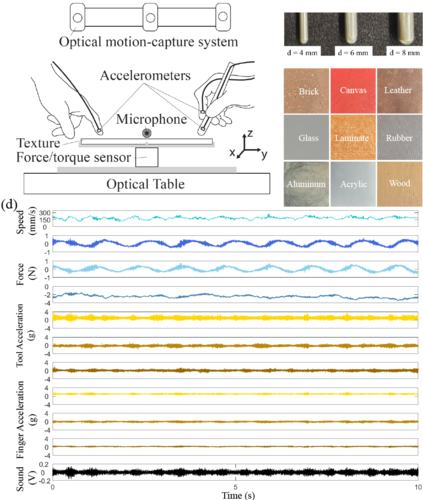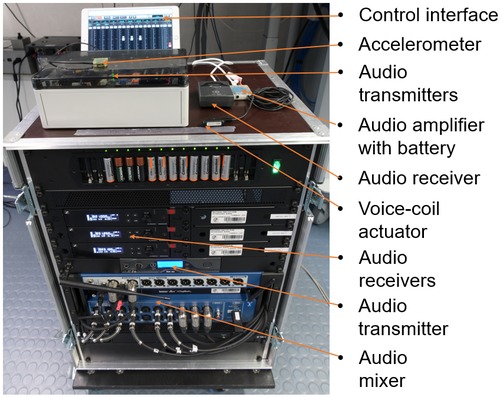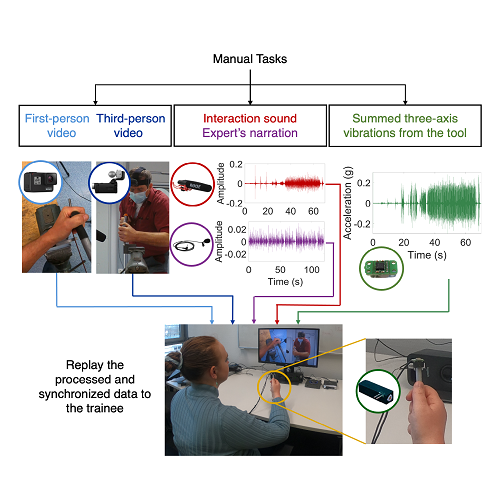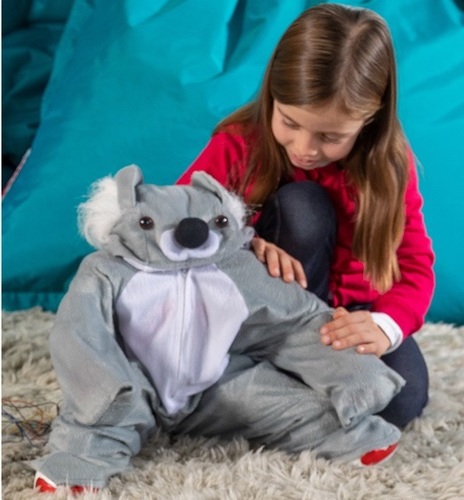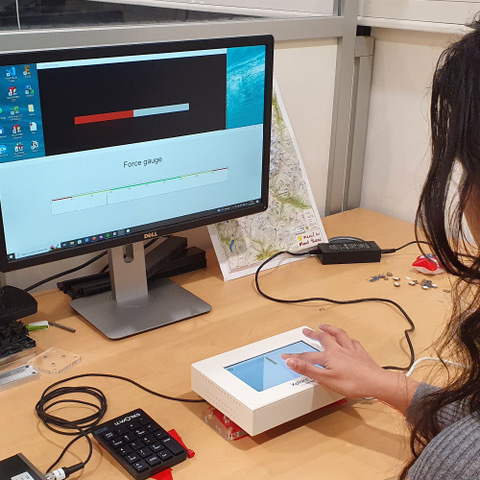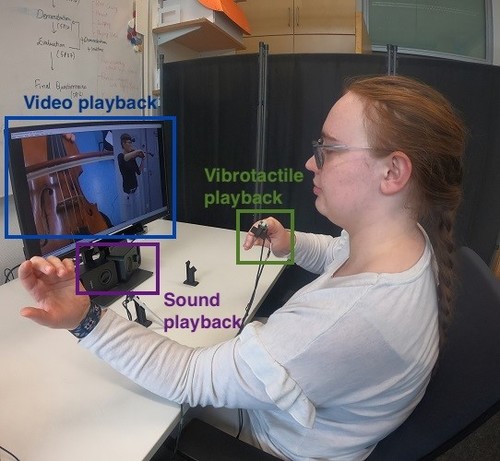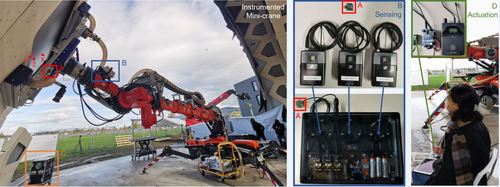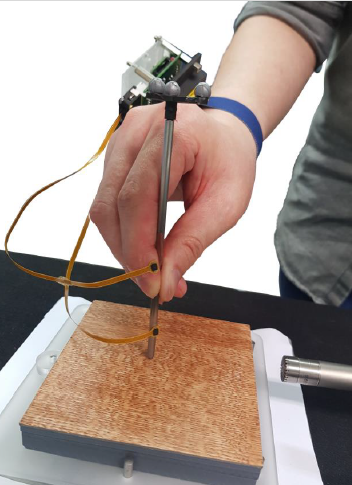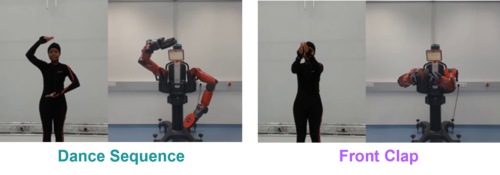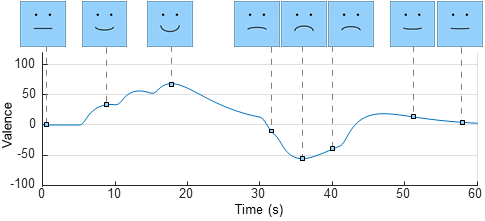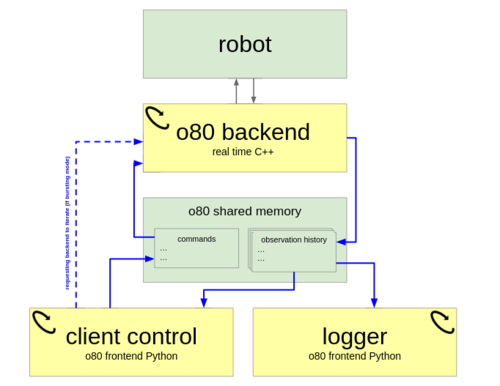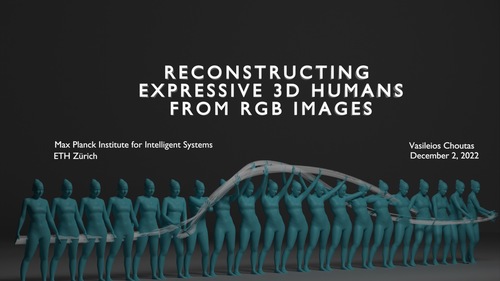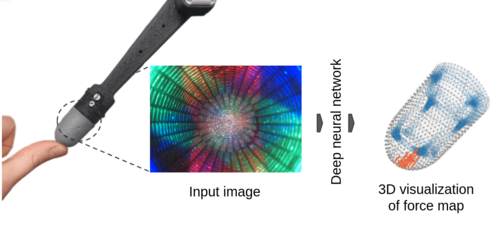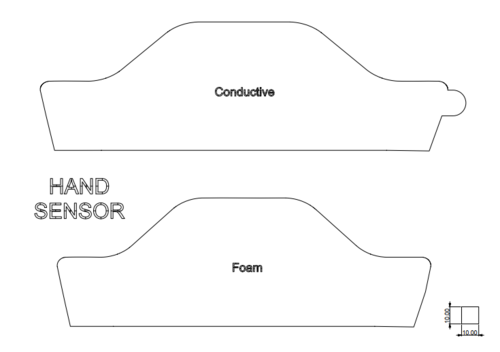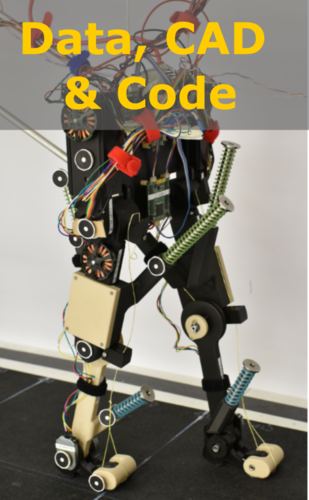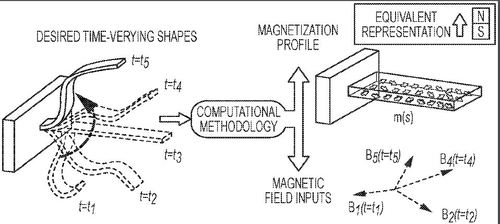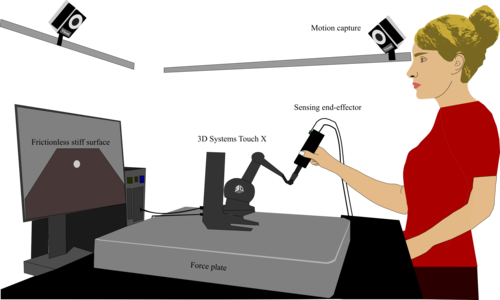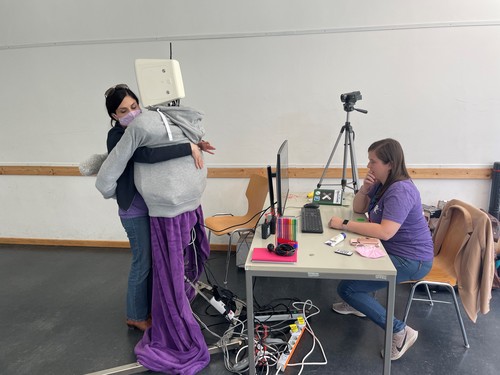2024
hi
Rokhmanova, N., Martus, J., Faulkner, R., Fiene, J., Kuchenbecker, K. J.
GaitGuide: A Wearable Device for Vibrotactile Motion Guidance
Workshop paper (3 pages) presented at the ICRA Workshop on Advancing Wearable Devices and Applications Through Novel Design, Sensing, Actuation, and AI, Yokohama, Japan, May 2024 (misc) Accepted
hi
Javot, B., Nguyen, V. H., Ballardini, G., Kuchenbecker, K. J.
CAPT Motor: A Strong Direct-Drive Rotary Haptic Interface
Hands-on demonstration presented at the IEEE Haptics Symposium, Long Beach, USA, April 2024 (misc)
hi
rm
Sanchez-Tamayo, N., Yoder, Z., Ballardini, G., Rothemund, P., Keplinger, C., Kuchenbecker, K. J.
Cutaneous Electrohydraulic (CUTE) Wearable Devices for Multimodal Haptic Feedback
Extended abstract (1 page) presented at the IEEE RoboSoft Workshop on Multimodal Soft Robots for Multifunctional Manipulation, Locomotion, and Human-Machine Interaction, San Diego, USA, April 2024 (misc)
hi
Fazlollahi, F., Seifi, H., Ballardini, G., Taghizadeh, Z., Schulz, A., MacLean, K. E., Kuchenbecker, K. J.
Quantifying Haptic Quality: External Measurements Match Expert Assessments of Stiffness Rendering Across Devices
Work-in-progress paper (2 pages) presented at the IEEE Haptics Symposium, Long Beach, USA, April 2024 (misc)
hi
rm
Sanchez-Tamayo, N., Yoder, Z., Ballardini, G., Rothemund, P., Keplinger, C., Kuchenbecker, K. J.
Cutaneous Electrohydraulic Wearable Devices for Expressive and Salient Haptic Feedback
Hands-on demonstration presented at the IEEE Haptics Symposium, Long Beach, USA, April 2024 (misc)
hi
rm
Sanchez-Tamayo, N., Yoder, Z., Ballardini, G., Rothemund, P., Keplinger, C., Kuchenbecker, K. J.
Demonstration: Cutaneous Electrohydraulic (CUTE) Wearable Devices for Expressive and Salient Haptic Feedback
Hands-on demonstration presented at the IEEE RoboSoft Conference, San Diego, USA, April 2024 (misc)
hi
Schulz, A., Serhat, G., Kuchenbecker, K. J.
Adapting a High-Fidelity Simulation of Human Skin for Comparative Touch Sensing in the Elephant Trunk
Abstract presented at the Society for Integrative and Comparative Biology Annual Meeting (SICB), Seattle, USA, January 2024 (misc)
hi
Khojasteh, B., Shao, Y., Kuchenbecker, K. J.
MPI-10: Haptic-Auditory Measurements from Tool-Surface Interactions
Dataset published as a companion to the journal article "Robust Surface Recognition with the Maximum Mean Discrepancy: Degrading Haptic-Auditory Signals through Bandwidth and Noise" in IEEE Transactions on Haptics, January 2024 (misc)
zwe-csfm
hi
Schulz, A., Kaufmann, L., Brecht, M., Richter, G., Kuchenbecker, K. J.
Whiskers That Don’t Whisk: Unique Structure From the Absence of Actuation in Elephant Whiskers
Abstract presented at the Society for Integrative and Comparative Biology Annual Meeting (SICB), Seattle, USA, January 2024 (misc)
hi
Landin, N., Romano, J. M., McMahan, W., Kuchenbecker, K. J.
Discrete Fourier Transform Three-to-One (DFT321): Code
MATLAB code of discrete fourier transform three-to-one (DFT321), 2024 (misc)
2023
hi
Khojasteh, B., Shao, Y., Kuchenbecker, K. J.
Seeking Causal, Invariant, Structures with Kernel Mean Embeddings in Haptic-Auditory Data from Tool-Surface Interaction
Workshop paper (4 pages) presented at the IROS Workshop on Causality for Robotics: Answering the Question of Why, Detroit, USA, October 2023 (misc)
hi
Allemang–Trivalle, A.
Enhancing Surgical Team Collaboration and Situation Awareness through Multimodal Sensing
Proceedings of the ACM International Conference on Multimodal Interaction (ICMI), pages: 716-720, Extended abstract (5 pages) presented at the ACM International Conference on Multimodal Interaction (ICMI) Doctoral Consortium, Paris, France, October 2023 (misc)
hi
Garrofé, G., Schoeffmann, C., Zangl, H., Kuchenbecker, K. J., Lee, H.
NearContact: Accurate Human Detection using Tomographic Proximity and Contact Sensing with Cross-Modal Attention
Extended abstract (4 pages) presented at the International Workshop on Human-Friendly Robotics (HFR), Munich, Germany, September 2023 (misc)
hi
Rokhmanova, N., Pearl, O., Kuchenbecker, K. J., Halilaj, E.
The Role of Kinematics Estimation Accuracy in Learning with Wearable Haptics
Abstract presented at the American Society of Biomechanics (ASB), Knoxville, USA, August 2023 (misc)
hi
Rokhmanova, N., Faulkner, R., Martus, J., Fiene, J., Kuchenbecker, K. J.
Strap Tightness and Tissue Composition Both Affect the Vibration Created by a Wearable Device
Work-in-progress paper (1 page) presented at the IEEE World Haptics Conference (WHC), Delft, The Netherlands, July 2023 (misc)
hi
Ballardini, G., Kuchenbecker, K. J.
Toward a Device for Reliable Evaluation of Vibrotactile Perception
Work-in-progress paper (1 page) presented at the IEEE World Haptics Conference (WHC), Delft, The Netherlands, July 2023 (misc)
hi
Khojasteh, B., Solowjow, F., Trimpe, S., Kuchenbecker, K. J.
Multimodal Multi-User Surface Recognition with the Kernel Two-Sample Test: Code
Code published as a companion to the journal article "Multimodal Multi-User Surface Recognition with the Kernel Two-Sample Test" in IEEE Transactions on Automation Science and Engineering, July 2023 (misc)
hi
Fazlollahi, F., Taghizadeh, Z., Kuchenbecker, K. J.
Improving Haptic Rendering Quality by Measuring and Compensating for Undesired Forces
Work-in-progress paper (1 page) presented at the IEEE World Haptics Conference (WHC), Delft, The Netherlands, July 2023 (misc)
hi
Khojasteh, B., Shao, Y., Kuchenbecker, K. J.
Capturing Rich Auditory-Haptic Contact Data for Surface Recognition
Work-in-progress paper (1 page) presented at the IEEE World Haptics Conference (WHC), Delft, The Netherlands, July 2023 (misc)
hi
Gong, Y., Javot, B., Lauer, A. P. R., Sawodny, O., Kuchenbecker, K. J.
AiroTouch: Naturalistic Vibrotactile Feedback for Telerobotic Construction
Hands-on demonstration presented at the IEEE World Haptics Conference, Delft, The Netherlands, July 2023 (misc)
hi
Javot, B., Nguyen, V. H., Ballardini, G., Kuchenbecker, K. J.
CAPT Motor: A Strong Direct-Drive Haptic Interface
Hands-on demonstration presented at the IEEE World Haptics Conference, Delft, The Netherlands, July 2023 (misc)
hi
Gourishetti, R., Javot, B., Kuchenbecker, K. J.
Can Recording Expert Demonstrations with Tool Vibrations Facilitate Teaching of Manual Skills?
Work-in-progress paper (1 page) presented at the IEEE World Haptics Conference (WHC), Delft, The Netherlands, July 2023 (misc)
hi
Burns, R. B.
Creating a Haptic Empathetic Robot Animal for Children with Autism
Workshop paper (4 pages) presented at the RSS Pioneers Workshop, Daegu, South Korea, July 2023 (misc)
hi
Gueorguiev, D., Rohou–Claquin, B., Kuchenbecker, K. J.
The Influence of Amplitude and Sharpness on the Perceived Intensity of Isoenergetic Ultrasonic Signals
Work-in-progress paper (1 page) presented at the IEEE World Haptics Conference (WHC), Delft, The Netherlands, July 2023 (misc)
hi
Gourishetti, R., Hughes, A. G., Javot, B., Kuchenbecker, K. J.
Vibrotactile Playback for Teaching Manual Skills from Expert Recordings
Hands-on demonstration presented at the IEEE World Haptics Conference, Delft, The Netherlands, July 2023 (misc)
hi
Gong, Y., Javot, B., Lauer, A. P. R., Sawodny, O., Kuchenbecker, K. J.
Naturalistic Vibrotactile Feedback Could Facilitate Telerobotic Assembly on Construction Sites
Poster presented at the ICRA Workshop on Future of Construction: Robot Perception, Mapping, Navigation, Control in Unstructured and Cluttered Environments, London, UK, May 2023 (misc)
hi
Gong, Y., Tashiro, N., Javot, B., Lauer, A. P. R., Sawodny, O., Kuchenbecker, K. J.
AiroTouch: Naturalistic Vibrotactile Feedback for Telerobotic Construction-Related Tasks
Extended abstract (1 page) presented at the ICRA Workshop on Communicating Robot Learning across Human-Robot Interaction, London, UK, May 2023 (misc)
hi
Caccianiga, G., Nubert, J., Hutter, M., Kuchenbecker., K. J.
3D Reconstruction for Minimally Invasive Surgery: Lidar Versus Learning-Based Stereo Matching
Workshop paper (2 pages) presented at the ICRA Workshop on Robot-Assisted Medical Imaging, London, UK, May 2023 (misc)
hi
Khojasteh, B., Shao, Y., Kuchenbecker, K. J.
Surface Perception through Haptic-Auditory Contact Data
Workshop paper (4 pages) presented at the ICRA Workshop on Embracing Contacts, London, UK, May 2023 (misc)
hi
Mohan, M., Kuchenbecker, K. J.
OCRA: An Optimization-Based Customizable Retargeting Algorithm for Teleoperation
Workshop paper (3 pages) presented at the ICRA Workshop Toward Robot Avatars, London, UK, May 2023 (misc)
hi
Rokhmanova, N.
Wearable Biofeedback for Knee Joint Health
Extended abstract (5 pages) presented at the ACM SIGCHI Conference on Human Factors in Computing Systems (CHI) Doctoral Consortium, Hamburg, Germany, April 2023 (misc)
hi
Burns, R. B., Kuchenbecker, K. J.
A Lasting Impact: Using Second-Order Dynamics to Customize the Continuous Emotional Expression of a Social Robot
Workshop paper (5 pages) presented at the HRI Workshop on Lifelong Learning and Personalization in Long-Term Human-Robot Interaction (LEAP-HRI), Stockholm, Sweden, March 2023 (misc)
ei
Berenz, V., Widmaier, F., Guist, S., Schölkopf, B., Büchler, D.
Synchronizing Machine Learning Algorithms, Realtime Robotic Control and Simulated Environment with o80
Robot Software Architectures Workshop (RSA) 2023, ICRA, 2023 (techreport)
ei
Bottou, L., Schölkopf, B.
Borges und die Künstliche Intelligenz
2023, published in Frankfurter Allgemeine Zeitung, 18 December 2023, Nr. 294 (misc)
ev
Elich, C., Kirchdorfer, L., Köhler, J. M., Schott, L.
Challenging Common Assumptions in Multi-task Learning
abs/2311.04698, CoRR/arxiv, 2023 (techreport)
2022
al
hi
Richardson, B. A., Kuchenbecker, K. J., Martius, G.
A Sequential Group VAE for Robot Learning of Haptic Representations
pages: 1-11, Workshop paper (8 pages) presented at the CoRL Workshop on Aligning Robot Representations with Humans, Auckland, New Zealand, December 2022 (misc)
ps
Choutas, V.
Reconstructing Expressive 3D Humans from RGB Images
ETH Zurich, Max Planck Institute for Intelligent Systems and ETH Zurich, December 2022 (thesis)
hi
L’Orsa, R., Lotbiniere-Bassett, M. D., Zareinia, K., Lama, S., Westwick, D., Sutherland, G., Kuchenbecker, K. J.
Semi-Automated Robotic Pleural Cavity Access in Space
Poster presented at the Canadian Space Health Research Symposium (CSHRS), Alberta, Canada, November 2022 (misc)
hi
Burns, R. B., Rosenthal, R., Garg, K., Kuchenbecker, K. J.
Do-It-Yourself Whole-Body Social-Touch Perception for a NAO Robot
Workshop paper (1 page) presented at the IROS Workshop on Large-Scale Robotic Skin: Perception, Interaction and Control, Kyoto, Japan, October 2022 (misc)
al
hi
Andrussow, I., Sun, H., Kuchenbecker, K. J., Martius, G.
A Soft Vision-Based Tactile Sensor for Robotic Fingertip Manipulation
Workshop paper (1 page) presented at the IROS Workshop on Large-Scale Robotic Skin: Perception, Interaction and Control, Kyoto, Japan, October 2022 (misc)
hi
Burns, R. B., Lee, H., Seifi, H., Faulkner, R., Kuchenbecker, K. J.
Sensor Patterns Dataset for Endowing a NAO Robot with Practical Social-Touch Perception
Dataset published as a companion to the journal article "Endowing a NAO Robot with Practical Social-Touch Perception" in Frontiers in Robotics and AI, October 2022 (misc)
hi
Rokhmanova, N., Kuchenbecker, K. J., Shull, P. B., Ferber, R., Halilaj, E.
Predicting Knee Adduction Moment Response to Gait Retraining
Extended abstract presented at North American Congress of Biomechanics (NACOB), Ottawa, Canada, August 2022 (misc)
dlg
Kiss, B., Gonen, E. C., Mo, A., Buchmann, A., Renjewski, D., Badri-Spröwitz, A.
Data of: Gastrocnemius and Power Amplifier Soleus Spring-Tendons Achieve Fast Human-like Walking in a Bipedal Robot
July 2022 (misc)
hi
L’Orsa, R., Zareinia, K., Westwick, D., Sutherland, G., Kuchenbecker, K. J.
A Sensorized Needle-Insertion Device for Characterizing Percutaneous Thoracic Tool-Tissue Interactions
Short paper (2 pages) presented at the Hamlyn Symposium on Medical Robotics (HSMR), London, UK, June 2022 (misc)
pi
Lum, G. Z., Ye, Z., Sitti, M.
Method of fabricating a shape-changeable magnetic member, method of producing a shape changeable magnetic member and shape changeable magnetic member
June 2022, US Patent 11,373,791 (misc)
hi
Caccianiga, G., Kuchenbecker, K. J.
Dense 3D Reconstruction Through Lidar: A New Perspective on Computer-Integrated Surgery
Short paper (2 pages) presented at the Hamlyn Symposium on Medical Robotics (HSMR), London, UK, June 2022 (misc)
hi
Fazlollahi, F., Kuchenbecker, K. J.
Comparing Two Grounded Force-Feedback Haptic Devices
Hands-on demonstration presented at EuroHaptics, Hamburg, Germany, May 2022 (misc)
hi
Nam, S., Gueorguiev, D., Kuchenbecker, K. J.
Finger Contact during Pressing and Sliding on a Glass Plate
Poster presented at the EuroHaptics Workshop on Skin Mechanics and its Role in Manipulation and Perception, Hamburg, Germany, May 2022 (misc)
hi
Block, A. E., Seifi, H., Christen, S., Javot, B., Kuchenbecker, K. J.
HuggieBot: A Human-Sized Haptic Interface
Hands-on demonstration presented at EuroHaptics, Hamburg, Germany, May 2022, Award for best hands-on demonstration (misc)


